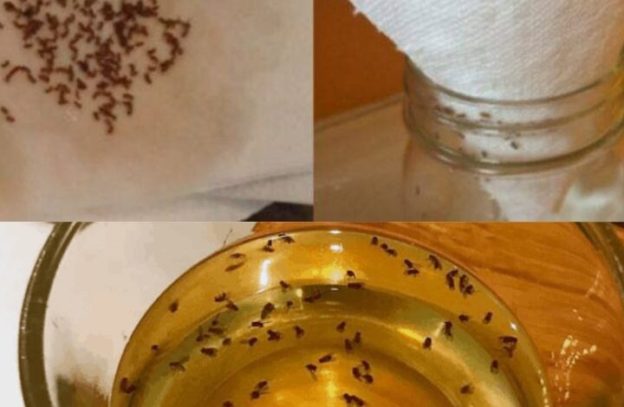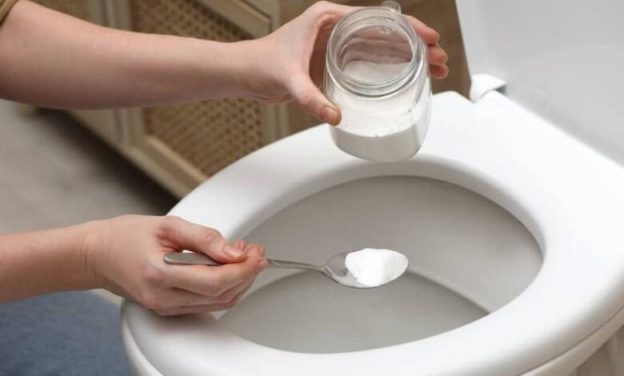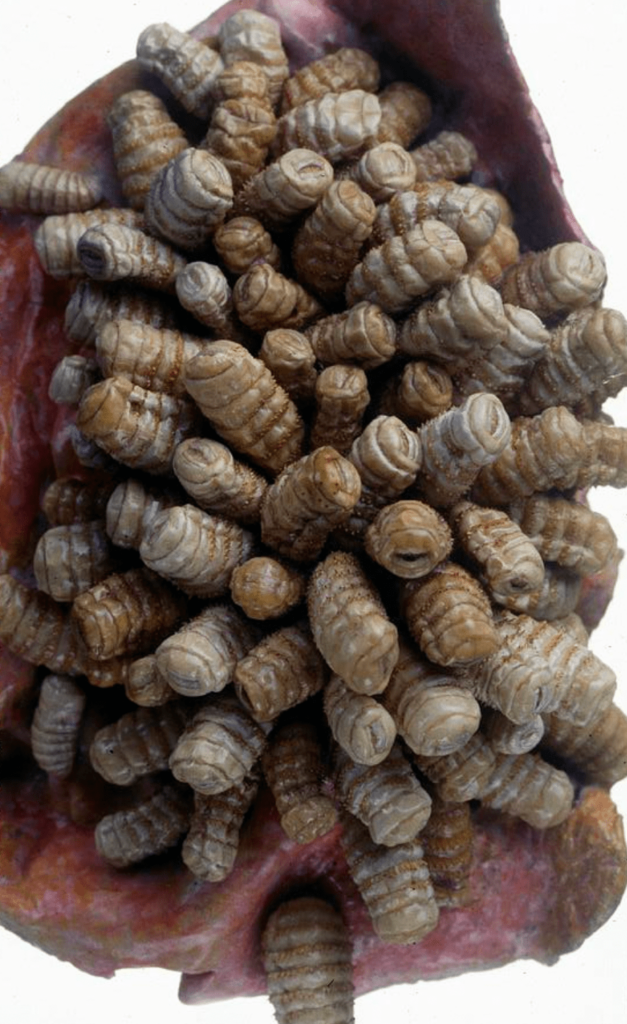Are you finding yourself dealing with fruit flies invading your kitchen every summer? These pesky insects can quickly become a nuisance, as they lay eggs on the surfaces of bananas, mangoes, pineapples, and other ripe fruits. Within 5-6 days, these eggs turn into flies, leading to a rapid increase in their population and the potential to spread to other fruits. With the summer heat causing fruits to ripen faster, fruit flies find the perfect breeding ground. Did you know that each fly can lay up to 350 eggs per week? It’s no wonder that you can end up with a colony of fruit flies in no time!
However, fear not, for there is a plan to prevent their appearance and get rid of these unwanted roommates. Here are some effective steps you can take:
- Store Fruits in the Fridge: To prevent fruit flies from laying eggs on your fruits, store most of your fruit in the refrigerator. The cold temperature will halt the hatching of eggs, keeping your fruits free from infestation.
- Clean Kitchen Surfaces Regularly: Clean your kitchen counters, garbage cans, and sink often. Rinse your plates as soon as the meal is finished, as fruit flies are attracted to leftover food and often lay eggs in such areas. Additionally, they have a weakness for sugary liquids and alcoholic drinks, so make sure to clean up spills promptly.
- Inspect and Clean Fruits: For fruits that you leave on the counter, such as bananas, make it a habit to rub them under water as soon as you bring them home from the grocery store. Dry them well with a clean cloth to eliminate any potential eggs.
- Empty Compost Regularly: If you have a compost bin, make sure to empty it regularly and place the compost outside. If your compost bin is small, you can also keep it in the fridge or freezer.
- Keep Kitchen Towels and Sponges Dry: After every use, ensure that your kitchen towels and sponges are dried properly. Moist places like these can serve as perfect nests for fruit flies, so washing them frequently is essential.
Trap the Flies: If you already have a fruit fly infestation, don’t panic. You can easily make a homemade trap to get rid of them:
- In a bowl or glass, pour a small amount of beer, wine, or vinegar (balsamic, wine, or cider).
- Cover the bowl or glass with plastic wrap and poke small holes in it to allow the fruit flies to enter.
- Fruit flies will be attracted by the smell of the liquid, which resembles the scent of very ripe fruit they adore, and they will get trapped inside the container.
- You can add a few drops of dish soap to the liquid to make it viscous and ensure that the flies remain trapped.
- Empty the trap daily and repeat the process until there are no more flies inside. It may take about 1-2 weeks, but with perseverance, you can successfully get rid of fruit flies.
Once you have eradicated the fruit flies, continue following the prevention measures mentioned above to ensure they don’t return. With these tips, you’ll be fully equipped to face the fruit fly challenge this summer!
FAQs (Frequently Asked Questions)
- Why do fruit flies appear in my kitchen every summer? Fruit flies are attracted to ripe fruits and vegetables, especially in warm and humid conditions. During the summer, the heat accelerates the ripening process of fruits, making them more appealing to fruit flies. These insects lay eggs on the surfaces of fruits, leading to a rapid increase in their population.
- How can I prevent fruit flies from infesting my kitchen? To prevent fruit flies, store most of your fruits in the refrigerator, clean your kitchen surfaces regularly, and rinse fruits under water and dry them well to remove any potential eggs. Additionally, keep your kitchen towels and sponges dry, and promptly empty your compost outside.
- Are fruit flies harmful to health? Fruit flies are not known to transmit diseases to humans, but they can contaminate food with bacteria and other microorganisms. It’s best to get rid of fruit flies to maintain a clean and hygienic kitchen environment.
- Can I use pesticides to eliminate fruit flies? While pesticides can be effective in getting rid of fruit flies, it’s essential to avoid using harmful chemicals in areas where food is prepared. Instead, opt for natural and non-toxic methods, such as homemade traps using beer, wine, vinegar, or dish soap.
- How long does it take to get rid of fruit flies using traps? It may take about 1-2 weeks to significantly reduce the fruit fly population using traps. Regularly emptying the traps and maintaining clean kitchen practices will hasten the process.
- What if I don’t have plastic wrap for the fruit fly trap? If you don’t have plastic wrap, you can reuse the plastic wrap from a package of mushrooms or another vegetable you bought at the grocery store. Alternatively, you can use a small container with a lid and poke small holes in it for the fruit flies to enter.
- Can fruit flies be attracted to other types of liquids besides beer, wine, and vinegar? Yes, fruit flies are attracted to various sweet and fermenting liquids. Besides beer, wine, and vinegar, you can use ripe fruit juice, fruit syrup, or a mixture of fruit and water in the trap.
- What if I still have fruit flies after using traps and prevention methods? If fruit flies persist, reevaluate your kitchen practices and ensure that all fruits are stored properly in the fridge or cleaned thoroughly. Continue using traps and maintain cleanliness to reduce their population further.
- Can fruit flies infest other areas of the house besides the kitchen? While fruit flies are most commonly found in the kitchen due to the presence of ripe fruits and food, they can infest other areas where organic matter is present. Be cautious and apply preventive measures throughout the house.
- Are there any natural repellents to deter fruit flies from entering the kitchen? Yes, certain natural repellents like citrus essential oils or cloves can help deter fruit flies from entering the kitchen. Placing citrus peels or cloves near fruit bowls and kitchen entrances may discourage them from lingering.
Remember, consistency is key when dealing with fruit flies. By implementing preventive measures and using traps, you can successfully get rid of these pesky insects and enjoy a fruit fly-free kitchen throughout the summer!










